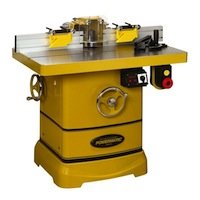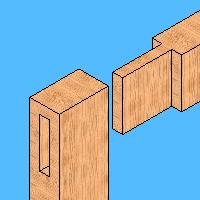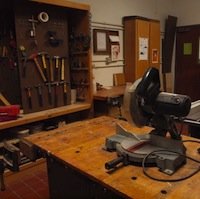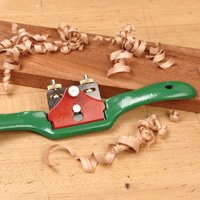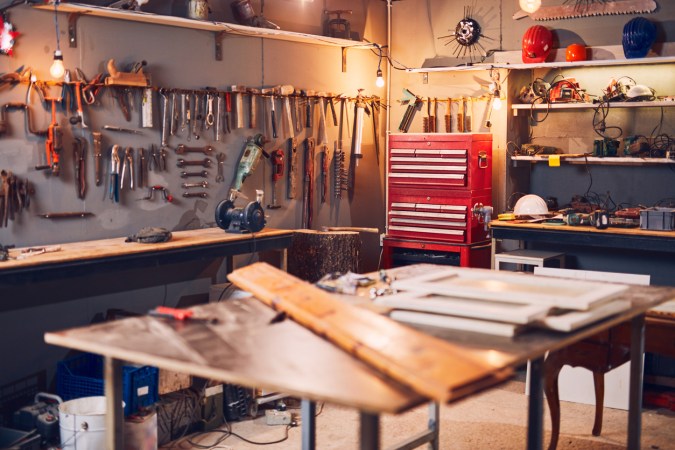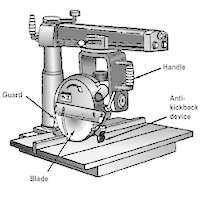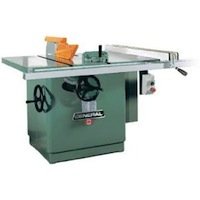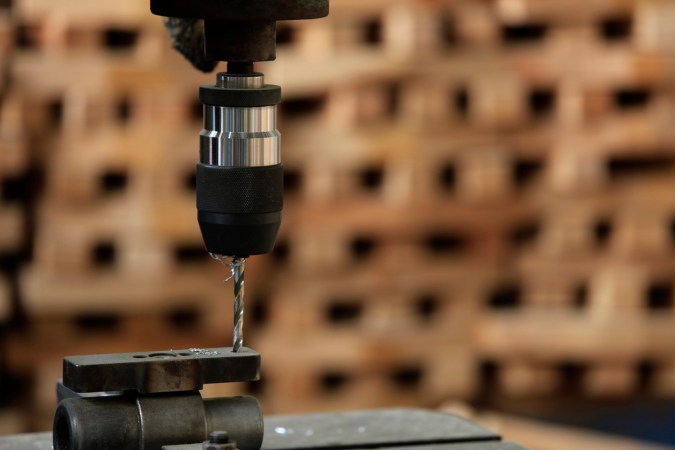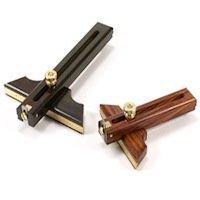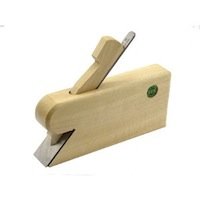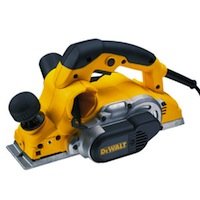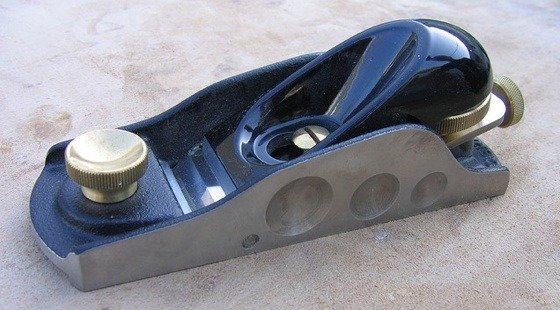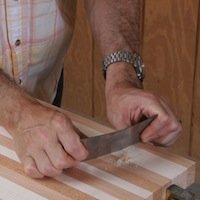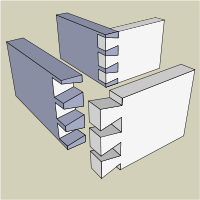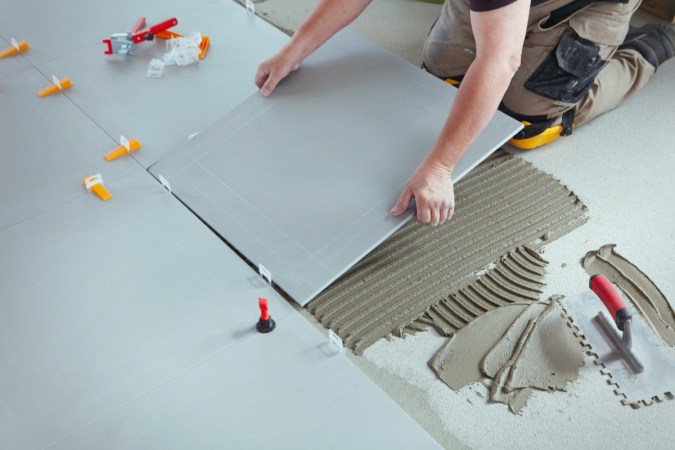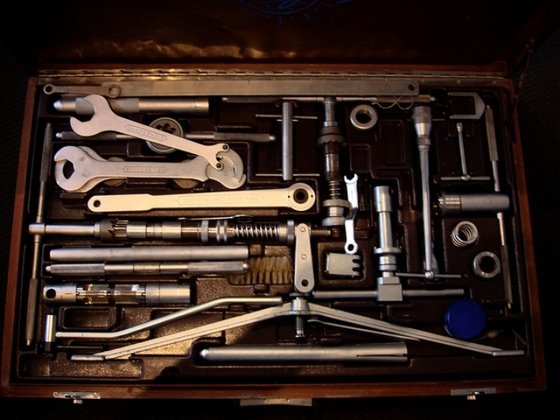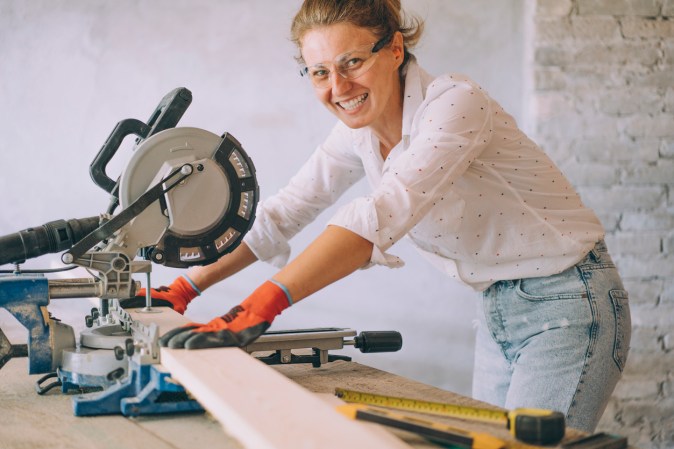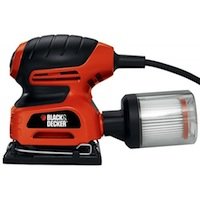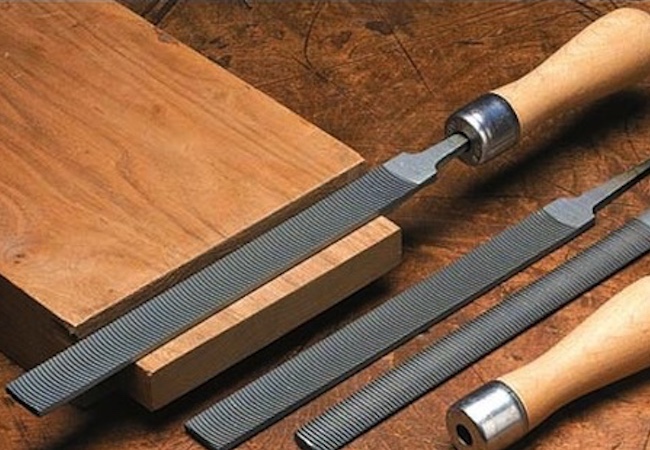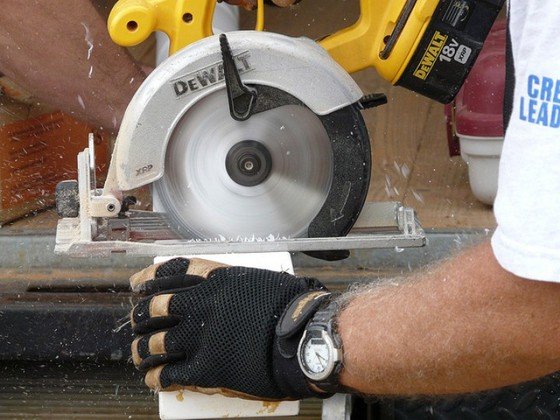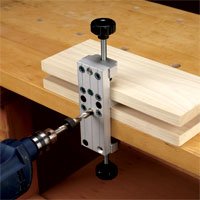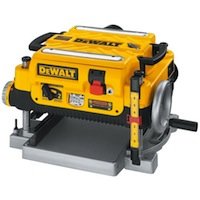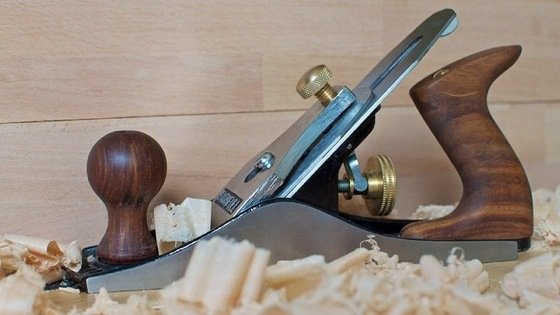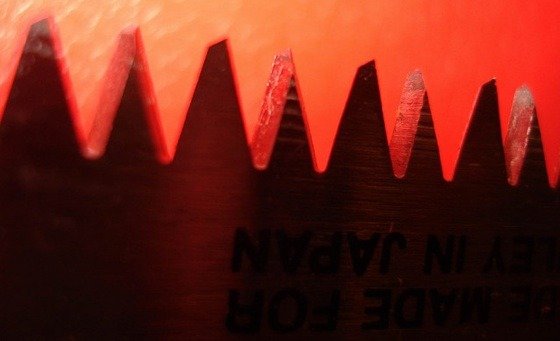We may earn revenue from the products available on this page and participate in affiliate programs. Learn More ›
For those woodworkers for whom a molded edge, a contoured decorative curve, is the difference between a proper job and an unfinished appearance, the shaper can be an invaluable tool. A shaper not only cuts ornamental edges on straight stock for drawer fronts, picture frames, and panels, but also edges curved stock.
Not everyone needs a shaper, since a variety of other tools can perform shaping tasks, including the router, a wide variety of hand planes, and molding heads mounted on table or radial-arm saws. However, the higher speed of the shaper produces smoother cuts than a molding head and the shaper takes less setup time than adapting other power tools.
The shaper consists of a worktable with a fence at the rear. Protruding vertically through the tabletop is the motor-driven shaft, or spindle, onto which blades are fastened. The workpiece is presented to the spinning blade, which cuts the stock to match the shape of the blade. Freehand work is done with the fence removed.
The shaper is, in a sense, an upside-down router that is permanently set into a frame. The shaper cutters produce results very similar to the router’s. For certain kinds of work, however, the stationary nature of the shaper is preferred; for others, the portability of the router is a distinct advantage.
The spindle on most workshop shapers is a half inch in diameter. The spindle’s height is adjustable, as is the fence. The cutter is slid over the threaded spindle and fastened with a washer and two nuts. Shaper cutters are not interchangeable with router bits, which are mounted on shafts and gripped by a collet chuck. Like the guide or pilot tip on router bits, a collar can be placed over the cutter on a shaper. This establishes a limit on the amount of stock removed.
There are two basic configurations for cutters. One is a solid piece of steel, usually with three cutting surfaces or wings that extend out from the center of the cutter. The other type is an assembled cutter, which consists of pairs of separate, straight cutters that are fastened to a head that, in turn, is bolted to the spindle. They are more difficult to adjust than the solid cutters.
Shapers are sold with motors between a half and a full horsepower, or even more in some cases. You’ll want a spindle speed in the range of about ten thousand revolutions per minute. A shaper that is reversible adds convenience: At the flick of switch, the rotation of the cutter can be reversed, allowing the workpiece to be fed from either side of the machine.
Using the Shaper. Because some or all of a shaper’s cutters are exposed, this tool poses a great potential danger to fingers and hands carelessly placed too close to the speeding blades. Put the shaper to work with all due care, keeping whatever guards the machine has in place and using pushers and holddowns. Most shapers have a ring guard atop the spindle that suspends a guard in front of the spinning cutter.
In order to shape the side edge of a straight piece of stock, the workpiece is presented to the cutters with the rotation of the blade driving into the end grain of the workpiece, tending to push it into the fence. Typically, that means that the cutter will spin counterclockwise, when looked at from above, so the stock will come from the right. Straight workpieces are held flush to the fence, ensuring the stability of the piece and that the shape is cut straight.
Freestanding and benchtop shapers are sold. The benchtop models are considerably less expensive, they require a great deal less space, and they perform the same basic tasks. However, freestanding models have more power and larger tables that make it easier to keep the work stable.
When the shaper is not used with proper care, it can be a very dangerous tool. Respect the power of its rapidly revolving cutter, taking especial care not only to keep your fingers and hands a safe distance from it, but also to present workpieces to it properly.
Setup. Make sure the knives and cutters are fastened correctly. Before starting the motor, position a piece of scrap adjacent to the cutters, checking to see that the shaper will cut the profile you want. If you are using a cutter with a guide collar on top, make sure that some stock (preferably a quarter inch or more) will remain at the level of the collar to guide the workpiece.
Shaping Stock. Present the work so that the rotation of the blade is spinning into the wood; if you were foolish enough to do the reverse, the shaper might well jerk the piece out of your hands, send it for a dangerous ride across the room, and, worse yet, pull your hands into the cutter in the process.
Stand out of the path of the piece; standing behind it puts you at risk in the event of kickback.
Use pushers, holddowns, and the ring guard.
Instead of shaping small pieces of stock, shape a longer, more easily (and more safely) managed workpiece. Cut it to the length or shape you want after you have finished shaping its edge.
Don’t try to shape badly warped or heavily knotted stock.
Don’t get greedy and make extremely deep cuts. Make two passes or more instead of one, removing a portion of the waste at a time. Don’t attempt to remove more than a quarter of an inch at a pass.

